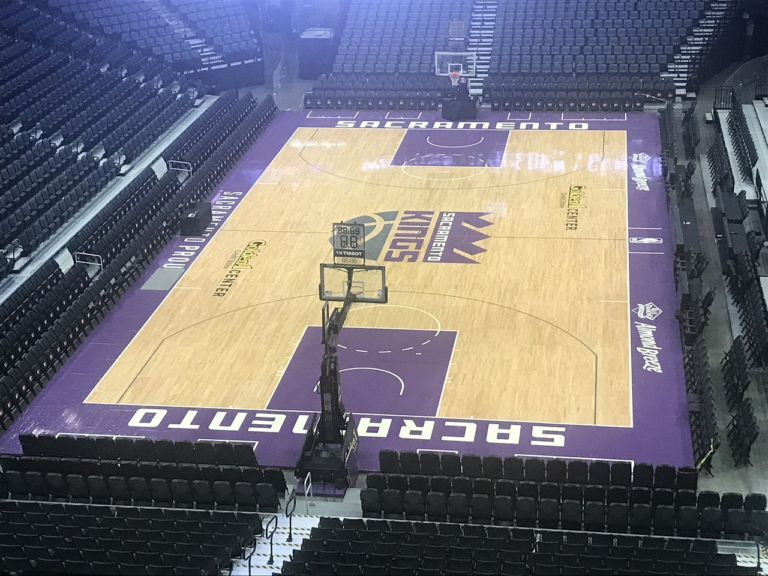5 Best Base Layers For Hunting
The significance of having the right hunting equipment cannot be emphasized enough. Of the various pieces of gear, the base layer is essential for field comfort and efficiency.
Having a high-quality base layer is vital because it helps regulate body temperature, wicks away moisture, and serves as a basis for other layers of clothing. The appropriate base layer is crucial whether you’re hunting on chilly fall mornings or warm spring mornings.
An essential element of hunting expertise is how to layer your clothing so that each item can keep you warm to the maximum extent possible. When hunting, one thing is certain: you must be comfortable continuing to hunt.
Ancient hunters used cumbersome woolen garments, which were uncomfortably bulky and cumbersome to move about in. Thanks to today’s technical apparel and new textiles, more agile solutions that don’t skimp on warmth are available to hunters.
1. Merino Wool
When it comes to base layers, nothing beats Merino wool for its tried-and-true performance in any outdoor setting. It is a hidden weapon in your outdoor arsenal due to its all-season temperature regulation, breathability, moisture-wicking, and odor-repellent characteristics. And it’s rather cozy, too. Hence, it is considered to be the best base layer for hunting
Warmth
Even when damp, the unique structure of merino wool fibers makes them the best synthetic heat trapper. Because of this, layers made of wool or a wool blend will keep you warmer for the same weight.
Cooling properties
You can wear merino even in the summer. Despite their expensive price tag, ultralight merino wool t-shirts or long-sleeve tops feel like nothing at all during the warmer months.
Weight
Garments made of merino wool tend to be lighter than other fabrics due to the previously mentioned warmth-to-weight ratio. Merino wool tights are perfect for camp pants when you’re backpacking because of this.
No unpleasant odors
This is the main rationale for donning merino wool layers all winter long. Merino wool also prevents odor buildup due to its ability to absorb and disperse moisture. Layers begin to smell after about seven sweaty runs, at which point you have to wash them.
Ability to breathe
Though it holds more moisture than synthetic (see Cons), Merino is far from clammy, unlike nylon and polyester. When wet, Merino wool retains its heat and keeps moisture from evaporating from your skin because it locks it into its strands.
2. A Synthetic Layer
Base layers of synthetic materials, such as polyester and nylon, come in various styles. Whether you’re looking for affordable summer layers or high-quality winter layers, synthetics have you covered. Although synthetic layers’ odor-control capabilities are inferior to those of merino wool, they nevertheless manage to dry out and wick moisture admirably.
Durable.
When compared to natural fabrics, synthetics last longer and are less likely to pill, rip, or snag. For that reason, you can wash them, and they will smell fresh (if possible).
Wicks away sweat.
You’ll have difficulty understanding the term “moisture wicking” at first. The basic idea is that perspiration can readily travel through the fabric and into the air, an essential characteristic of vigorous exercise. In comparison to merino wool, synthetic base layers can be designed to dry more quickly and effectively wick away perspiration.
Save money.
Compared to wool or wool blend layers, synthetic base layers are typically more affordable without sacrificing quality.
More pliable.
Synthetic layers typically incorporate spandex or a similar material that stretches to fit your skin because of its ability to combine several textiles.
3. Blended Fabric
Base layers made of blended fabric combine synthetic and natural fibers for optimal comfort, performance, and longevity. These meticulously crafted base layers incorporate synthetic materials’ moisture-wicking and quick-drying characteristics with the warmth and comfort of natural fibers like Merino wool.
Their adaptability and suitability for various hunting conditions are enhanced by this combination.
4. Bamboo Layer
You may not have tried bamboo cloth yet, but it is intriguing. Bamboo cloth offers many advantages, like being lovely, warm, and having a decent degree of elasticity.
- Medium warmth (how bamboo felt against the skin was one of its best features).
- Nice package size and price
- Good wicking characteristics; synthetics are faster at the task, though.
- It has a pleasant aroma, an improvement over synthetics, but still not up to Merino standards.
- Effects on the environment – complex (bamboo retains a lot of carbon even after harvest, but the softness and stretchiness of bamboo fibers are artificially produced)
- Cost – moderate
5. Fleece Base
Fleece base layers are popular for cold-weather hunting due to their great warmth and comfort. Made from synthetic fibers, fleece is ultra-insulating, breathable, and lightweight. Thanks to the moisture-wicking and quick-drying properties of fleece base layers, you can be certain that you will remain dry and comfortable throughout your search.
In the end!
The base layer you choose affects your comfort, efficiency, and enjoyment of your hunting trip, so it’s important to take your time choosing. Every hunter may find the perfect base layer, whether they like the eco-friendliness of bamboo, the insulation of fleece, the adaptability of blended materials, the natural warmth of Merino wool, or the durability of synthetic textiles.
Picking a base layer that works for your hunt’s conditions is essential for keeping warm, dry, and comfortable all day. By purchasing high-quality base layers, you can improve your hunting experience and concentrate on the most important thing—the joy of the hunt.




